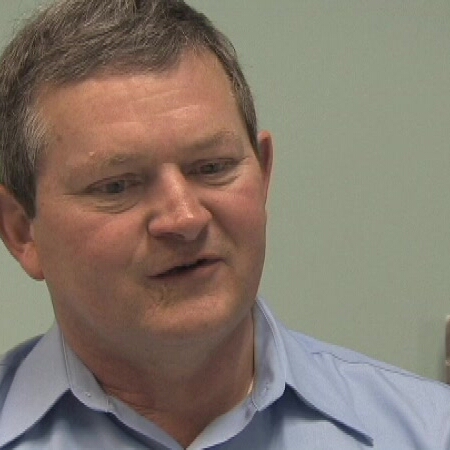4.5 Energy Efficiency and Level of Service
Energy efficiency goals should be included in the Level of Service. These goals may be internal goals because customers may not fully understand all of the ramifications of energy usage or a single goal of reducing energy use by some percentage may be set as an external goal. Because energy costs can account for such a large portion of the utility's overall costs, these goals are particularly important to the operations of the utility.
In order to determine potential costs savings that may result from reducing energy usage, the current energy use and its associated cost must be determined. This is known as developing a baseline. In order to develop this baseline, historical energy use will be needed. At a minimum, one year of energy use data should be collected and analyzed. This data can be collected from an existing accounting system, utility billing records, supervisory control and data acquisition (SCADA) system records, operations and maintenance records, and equipment or motor lists that include horsepower and load information. (As a side note, if a SCADA is in place, add as many data loggers as possible at different phases of the process to determine if any of the equipment has large energy spikes.) Because there may be a lot of data to analyze, graphs and charts can be developed to aid in understanding the data. Along with the historical use data, it is also important to understand the energy rate structure from the energy company. The price of energy and the energy rate structure affect total energy costs. It is also important to understand the hydraulic loading data (flow data) and then compare it to the energy use data. Understanding the rate structure and the link between flow and energy use will help with making energy management decisions.

|
|
|

|
|
|

|
|
|
The most obvious energy goal is a decrease in overall energy usage as discussed above, but the utility can also set goals related to other aspects of energy usage. For example, the utility can set a goal to switch its fleet vehicles to hybrid cars or reduce overall miles traveled. The utility can set goals to reduce the carbon footprint of the plant or change the type of energy used. Goals specifically related to reduction in greenhouse gas emissions may also be set.

